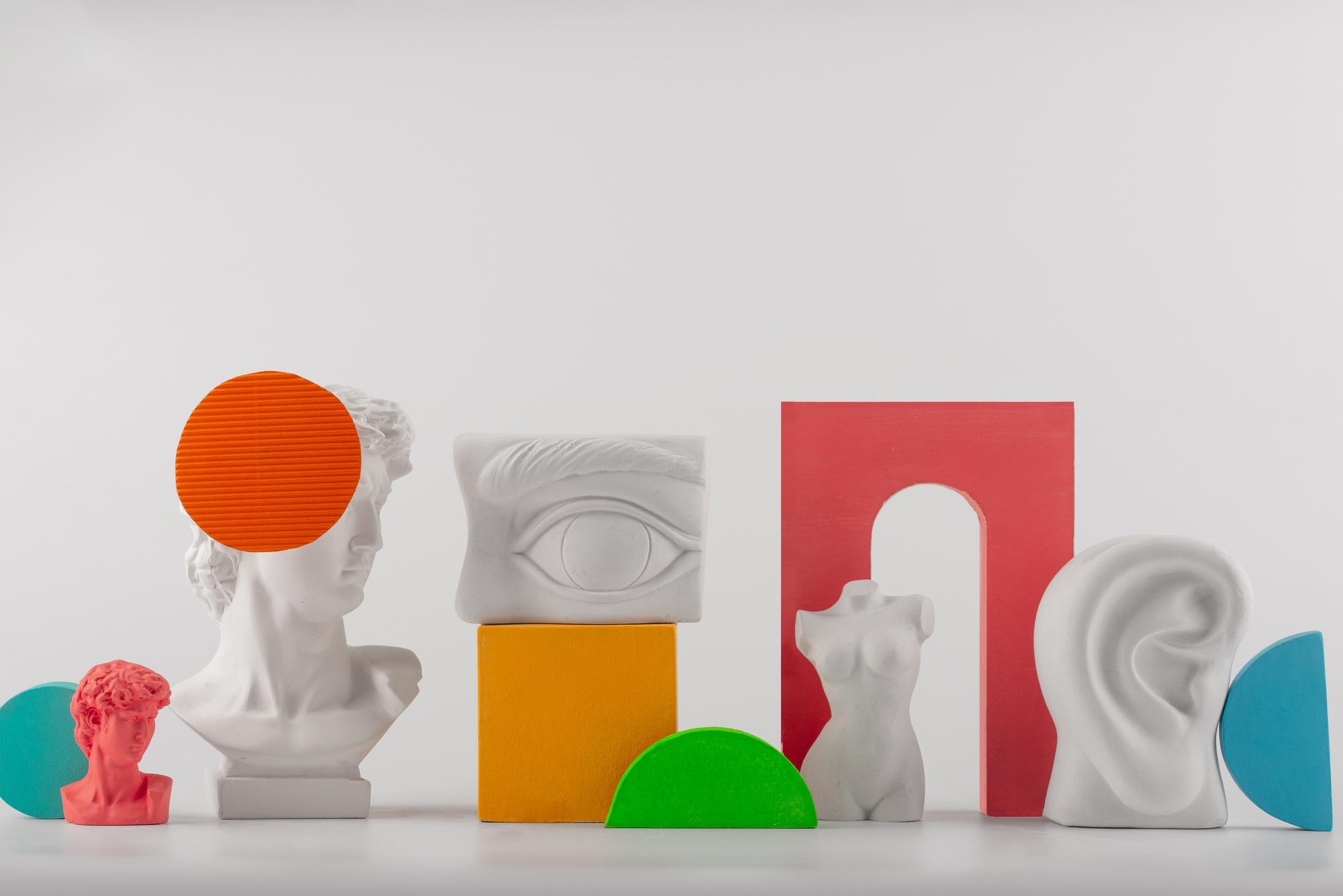In the ever-evolving landscape of digital design, the ethical implications of our work have never been more prominent. As creators of user experiences, designers hold significant influence over how people interact with digital products and services. With this power comes a profound responsibility to consider the ethical implications of our design decisions. This article delves into the crucial areas of privacy, data protection, and the avoidance of dark patterns, offering guidance for designers committed to ethical practices.
Privacy and User Consent
Privacy is a fundamental human right, and as designers, we must respect and protect the privacy of users. This begins with transparency; users should be fully informed about how their data is collected, used, and shared. Designers must ensure that user consent is obtained in a clear and straightforward manner, avoiding confusing terminology or hidden agreements.
Actionable Tips:
- Use clear and simple language when asking for user data.
- Provide users with easy-to-understand privacy settings.
- Ensure that obtaining consent is an active process (e.g., users should opt-in rather than be required to opt-out).
Data Protection and Security
With the increasing amount of personal data collected online, designers must prioritize data protection and security from the outset of the design process. This involves implementing strong security measures and considering the data lifecycle, from collection to deletion.
Actionable Tips:
- Minimize the amount of personal data collected.
- Design systems that are secure by default, ensuring that user data is protected against unauthorized access.
- Regularly review and update security measures in line with current best practices.
Avoiding Dark Patterns
Dark patterns are deceptive design techniques that trick users into taking actions they might not otherwise choose, such as signing up for recurring subscriptions or sharing more personal information than necessary. These practices not only undermine trust but also raise significant ethical concerns.
Actionable Tips:
- Be transparent about the consequences of user actions.
- Design user interfaces that empower users to make informed decisions.
- Avoid using misleading language or visual elements that could confuse users.
Fostering Ethical Design Cultures
Creating ethical designs is not solely the responsibility of individual designers; it requires a collective effort from the entire organization. Companies should foster cultures that prioritize ethical considerations in all aspects of their operations.
Actionable Tips:
- Develop and implement company-wide ethical guidelines for design.
- Encourage open discussions about ethical dilemmas and potential design impacts.
- Provide training and resources to help designers make ethical decisions.
Conclusion
As digital spaces continue to play a central role in our lives, the importance of ethical design has never been clearer. By prioritizing privacy, data protection, and the avoidance of dark patterns, designers can create experiences that respect and empower users. Moreover, by fostering ethical cultures within organizations, the design community can lead the way in building a more trustworthy and user-friendly digital world. Remember, ethical design is not just about avoiding harm; it’s about actively doing good, contributing to a digital environment that respects user rights and promotes positive experiences.

